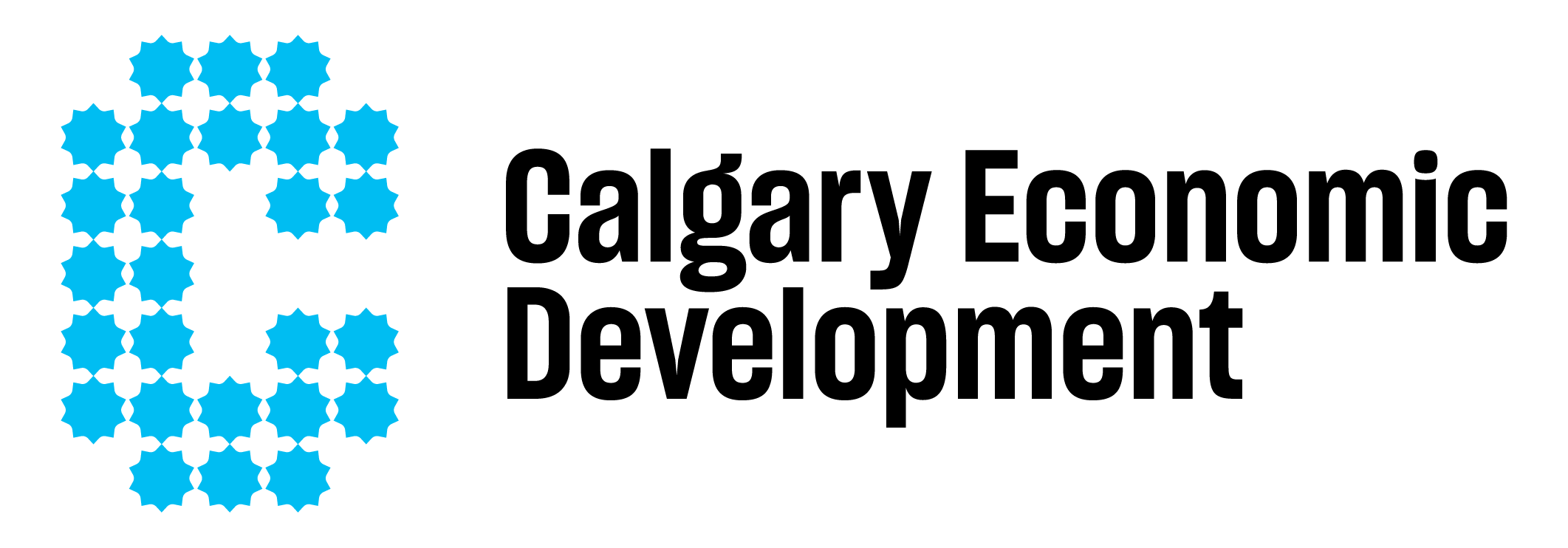The world economy is shifting — and Calgary’s business leaders are watching closely.
From global trade tensions to political uncertainty, businesses are looking for clarity on what 2026 will bring. Calgary Economic Development’s 2026 Economic Outlook, powered by ATB Financial, offers just that — a chance to hear global, national and local perspectives that will unpack the forces shaping our economic future.
This year’s program brings together three dynamic perspectives on what could be ahead next year: Globe and Mail’s Andrew Coyne on Canada’s political and economic landscape, ATB Financial Vice President and Chief Economist Mark Parsons on Alberta’s outlook and Brad Parry, President and CEO of Calgary Economic Development, on Calgary’s path forward.
Ahead of the event, we caught up with Mark to get a preview of the key themes he’ll be unpacking on Nov. 19.
Why should Calgary’s business community attend 2026 Economic Outlook?
In the current geopolitical climate, it's more crucial than ever for Calgary’s business community to come together. The 2026 Economic Outlook is not just a place to get expert insights into navigating this uncertainty — it’s a vital opportunity to connect, collaborate and find common ground with your peers.
What key themes, indicators or economic trends will you highlight in your keynote, and why do they matter for Calgary and Alberta businesses in 2026?
I’ll discuss three key themes that define our current economic landscape:
- Alberta economy weathering the trade storm: Like the rest of the country, Alberta’s economy has slowed due to the trade war. The impacts are not uniform. Some businesses are more exposed to sector specific tariffs (e.g. U.S. tariffs on lumber, Chinese tariffs on canola). At the same time, Alberta faces a lower tariff burden than other provinces due to Canada-U.S.-Mexico Agreement (CUSMA) exemptions. Further, persistent in-migration, home construction and improved market access for energy are providing a boost. Despite the slowdown, we see the Alberta economy near the top of the economic growth leaderboard in Canada this year and next.
- Labour market has softened: Employment is struggling to keep pace with our population boom, as employers remain cautious in the current trade environment. This leads to more people searching for work and higher unemployment, especially among youth. Meanwhile, we see persistent skill mismatches and labour shortages in key sectors like the construction trades.
- Addressing pre-Trump 2.0 challenges: The U.S. president has shone a spotlight on the pressing need for structural improvements to the Canadian economy, including removing interprovincial trade barriers, expanding into overseas markets and getting major projects built.
With recent trade difficulties and a review of CUSMA coming in 2026, what developments will you be watching most closely?
My focus is on the CUSMA review and the preliminary talks leading up to it. Preserving CUSMA's current tariff exemption is critical but is far from secure. In addition to the CUSMA review, I’m looking for progress on the long-standing softwood lumber dispute and Chinese tariffs on Canadian agriculture. However, protectionism isn’t going away, and the relationship with the U.S. has changed. As such, I’m also watching progress in Canada expanding into new markets and building critical trade infrastructure to alternative markets.
What’s the single biggest factor you’ll be watching in 2026 that could move Alberta’s economy off course — or propel it forward?
An escalation in trade tensions that would remove current CUSMA exemptions would be very problematic. In addition to retaining CUSMA exemptions and progress towards a longer-term trade deal, I’m looking for Canada’s ability to execute (not just plan and talk about) major projects.
Calgary has posted the fastest tech job growth in North America for two years running. How do you see innovation driving Alberta’s economy in the year ahead?
The growth of Alberta’s tech sector doesn’t get enough attention. Our recent research shows that it has been one of the fastest growing segments of the provincial economy and has been highly resilient to broader economic shocks facing the province. We see that momentum continuing into 2026.
Alberta’s tech success is built on a solid foundation of human capital, supported by strong migrant inflows of young talent into the labour force. Calgary leads North America in attracting tech talent, and the University of Alberta and the Alberta Machine Intelligence Institute (Amii) is a global leader in AI research. Venture capital investment to Alberta has topped $600 million for four straight years, and at one point even surpassed B.C.
The rise of A.I. data centres represent a massive opportunity and major new avenue for economic expansion, leveraging our abundant and low-cost natural gas to power the future of technology.
What gives you optimism about Calgary and Alberta’s economic future right now?
I see three main reasons to be optimistic about Calgary and Alberta’s long term growth prospects:
- A young, skilled workforce. This is a massive advantage given aging populations.
- New market access for energy with momentum on LNG, propane and now talk of expanding crude access.
- The diversification story continues to unfold, with growth in key sectors like petrochemicals, aviation, food manufacturing, film, tourism and tech.
All data referenced can be found in ATB Financial’s most recent Economic Outlook.
Want to hear more from Mark? Tickets are now available for Calgary Economic Development’s 2026 Economic Outlook, powered by ATB Financial. Secure your spot today.
Learn more about Calgary's vision to create long-term prosperity and opportunities for all in our economic action plan, Uplook.

